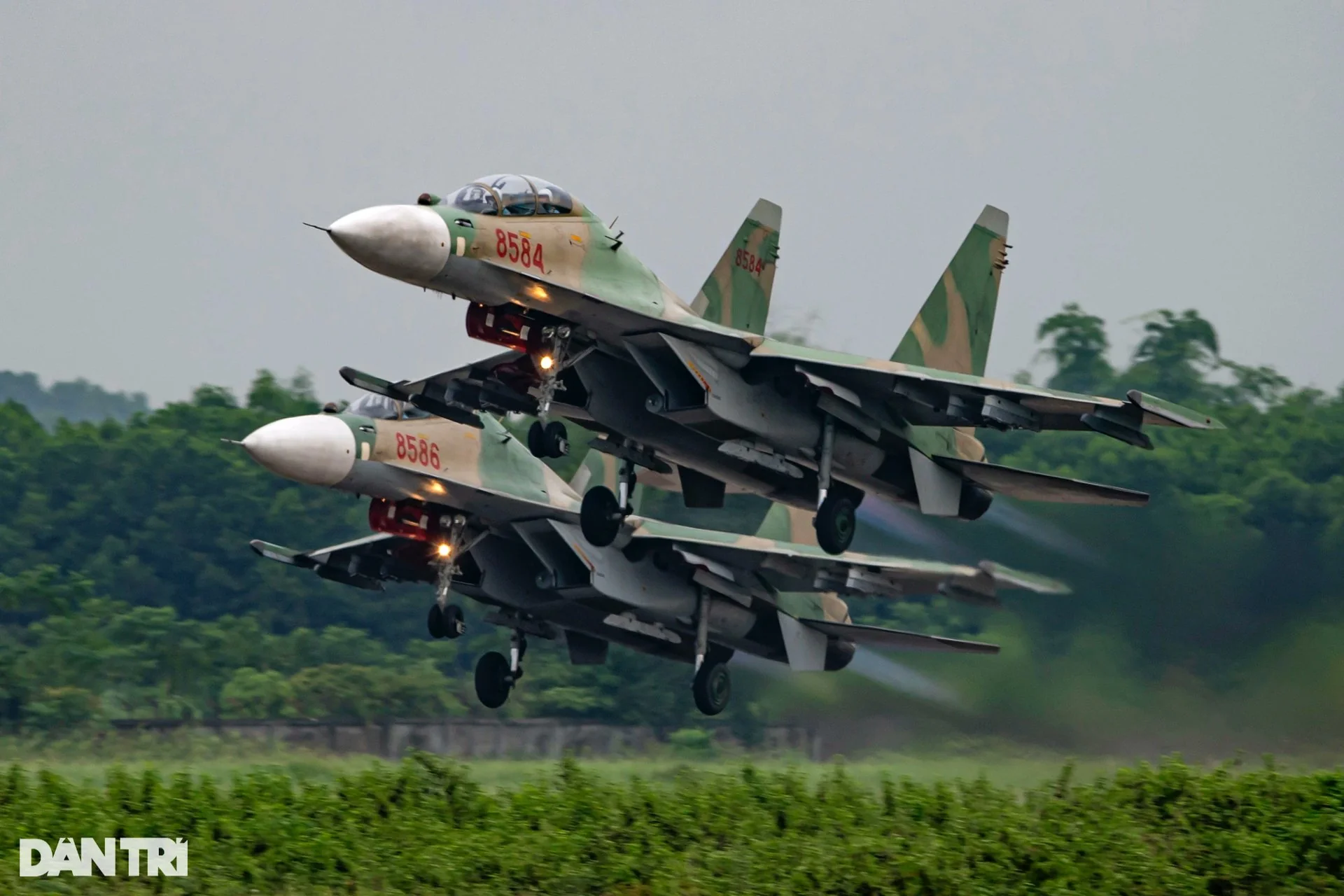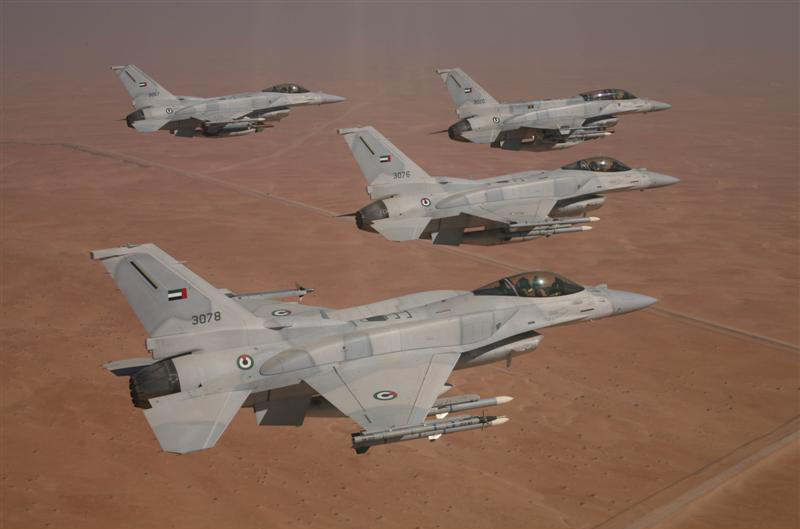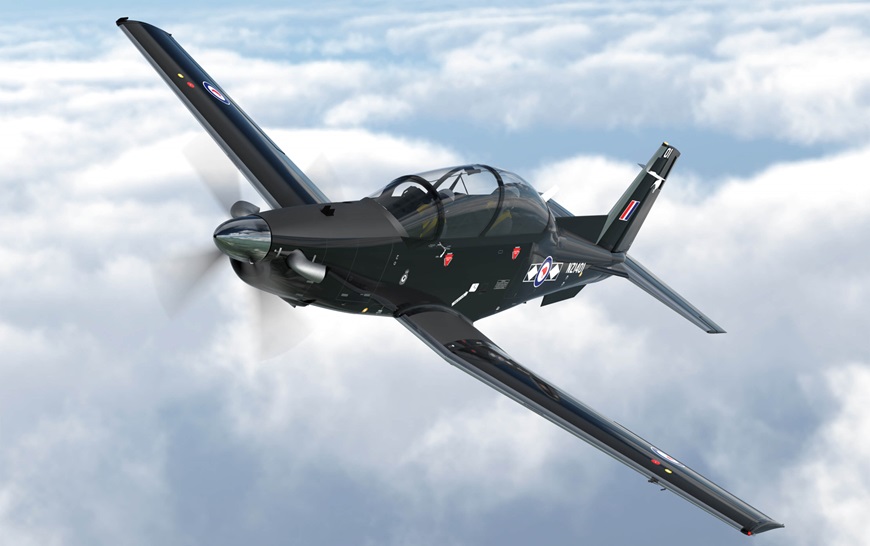Vietnam Breaks with Moscow, Nears Landmark Deal for U.S.-Made F-16 Vipers ??
If confirmed, the acquisition would mark a watershed moment in U.S.-Vietnam defence ties, given the historical backdrop of a brutal war between the two nations nearly five decades ago.
(DEFENCE SECURITY ASIA) — Vietnam has reportedly secured a landmark agreement with the United States to acquire F-16 multirole fighter jets, a move that would significantly reshape its airpower capabilities and potentially recalibrate its long-standing dependence on Russian-made combat aircraft.
If confirmed, the acquisition would mark a watershed moment in U.S.-Vietnam defence ties, given the historical backdrop of a brutal war between the two nations nearly five decades ago.
“After lengthy negotiations, Vietnam is now set to become the newest customer of the F-16 fighter jet,” reported an international defence news outlet, quoting sources within the U.S. defence sector and government officials familiar with the discussions.
“No official numbers have been disclosed, but the acquisition is expected to involve no fewer than 24 aircraft,” the report stated.
When combined with other U.S.-made defence platforms reportedly being eyed by Hanoi, the cumulative package could represent the most comprehensive arms deal ever concluded between the two countries.
Media reports that surfaced in 2023 had already hinted at high-level talks between Vietnam and the United States over what could be a transformative defence package, both symbolically and strategically.
During President Joe Biden’s historic visit to Hanoi in 2023, both sides reportedly initiated preliminary discussions on the proposed arms sale, marking a new chapter in bilateral security cooperation.

What makes this development particularly striking is that a country once devastated by American bombs could soon be deploying U.S.-manufactured weapon systems as part of its national defence architecture.
The U.S. only lifted its arms embargo on Vietnam in 2016, underscoring how rapidly ties have evolved from animosity to strategic alignment.
In the years since the Vietnam War, relations between Washington and Hanoi have steadily matured, driven more recently by shared concerns over China’s assertiveness in the South China Sea.
Sources close to the matter told Reuters that the proposed package includes F-16 fighter jets, signalling Vietnam’s readiness to diversify its arms suppliers away from Russia.
The United States is also said to be considering a concessional financial support package to facilitate the purchase, a move aimed at helping Vietnam break away from its decades-long reliance on Russian weapons.
Moscow remains Hanoi’s primary arms supplier, accounting for nearly 80 percent of Vietnam’s military inventory, including its current fleet of Sukhoi Su-27, Su-30, and Su-22 fighters.

Should the deal go through, it would mark the first time Vietnam’s air force operates a Western-built frontline fighter aircraft, specifically the Lockheed Martin F-16—a globally combat-proven platform used by over two dozen countries.
The variant being proposed is reportedly the F-16 Block 70 “Viper,” the most advanced production version to date, equipped with cutting-edge avionics, an AESA (Active Electronically Scanned Array) radar, upgraded mission computers, improved cockpit ergonomics, and compatibility with advanced air-to-air and air-to-ground weaponry.
While still categorized as a fourth-generation fighter, the F-16 Block 70 incorporates several fifth-generation technologies, making it one of the most capable non-stealth fighters currently in production.
Nonetheless, Vietnam has previously hesitated to proceed with the deal, with analysts citing geopolitical sensitivities and Hanoi’s concern over potential backlash from regional powers like China.
According to Reuters, Vietnamese officials were also reportedly worried that Washington might withhold critical munitions—particularly missiles—for the F-16s, thereby limiting their operational value.
Beyond Beijing’s potential response, Hanoi must also consider its deep-rooted defence relationship with Moscow, a partnership forged during wartime and sustained through decades of arms transfers and military training.

In a notable precursor to this potential acquisition, Vietnam received five Beechcraft T-6C Texan II turboprop trainer aircraft in November last year—the first U.S. military aircraft ever delivered to the Southeast Asian country.
Manufactured by Textron Aviation, the T-6 Texan II is used to train military pilots transitioning to advanced platforms like the F-16, offering an early indication that Vietnam is preparing its future aircrew for Western fighter operations.
Vietnam is reported to have ordered 12 of the T-6C Texan II variant in 2021, a move widely viewed by analysts as a significant post-war milestone and a stepping stone toward deeper U.S.-Vietnam defence cooperation.
According to the manufacturer, the T-6 is a next-generation trainer aircraft designed to support every stage of pilot development, from basic flight to advanced combat training.
Brigadier General Sarah Russ of the U.S. Pacific Air Forces (PACAF) told Vietnamese media that deliveries would take place between 2024 and 2027, further cementing the foundation for potential future fighter integration.

“The arrival of the Beechcraft aircraft represents a small but important step in Vietnam-U.S. defence ties,” said Ian Storey, senior fellow at Singapore’s ISEAS–Yusof Ishak Institute.
“However, it remains to be seen whether Vietnam will ultimately opt for fighters like the F-16 from the U.S., or continue relying on more trusted partners like Russia,” he added.
— DEFENCE SECURITY ASIA


